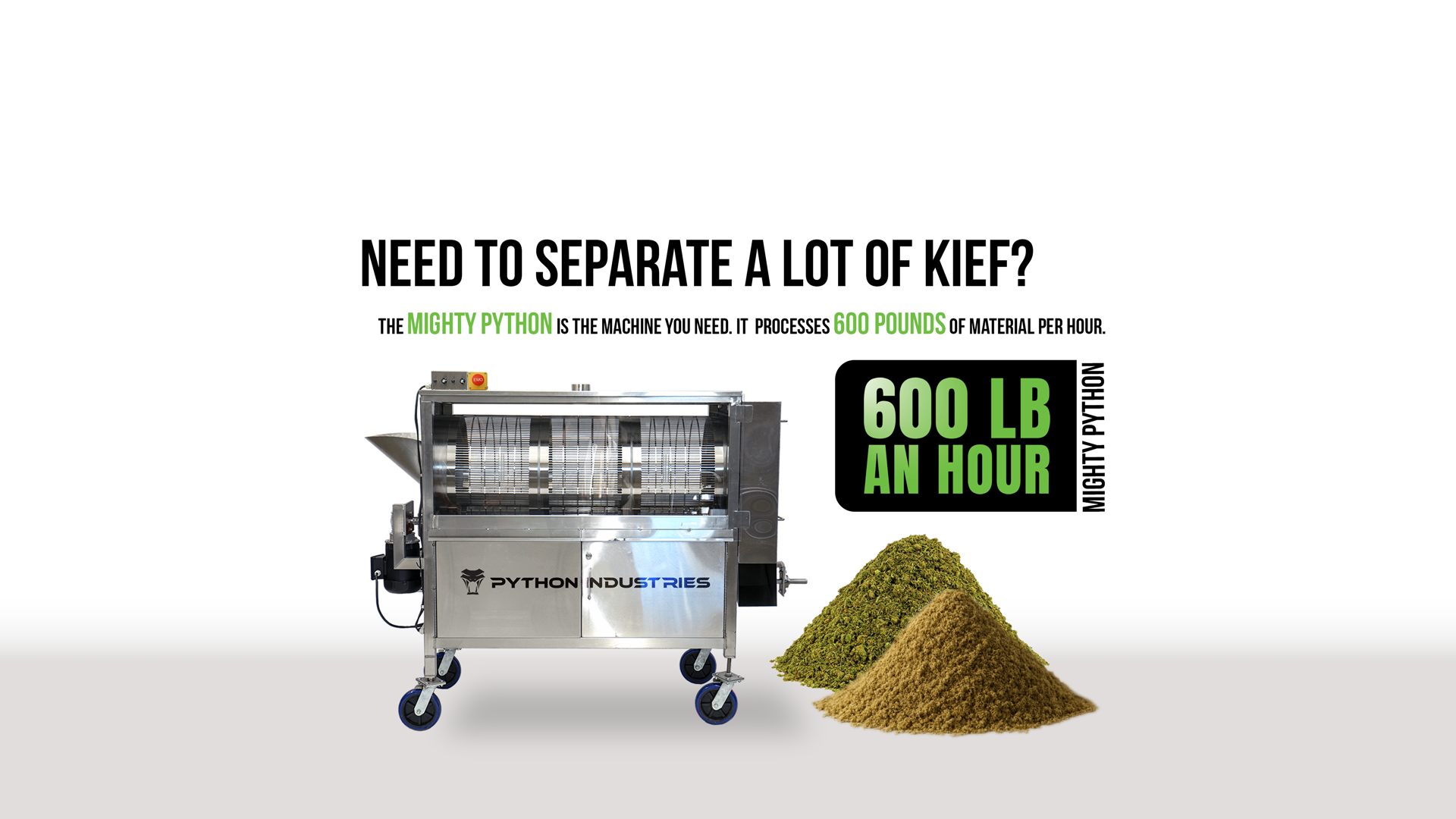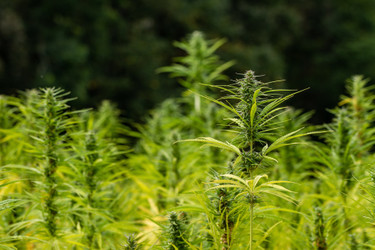How And When To Harvest Your Bud
Posted by Tom's Tumbler on Sep 22nd 2022
The seed grows to plant. The plant grows to maturity. You watch in anticipation as flowers bloom and buds swell. Healthy plants are a joy to behold. They know when they’ve reached their peak and are not shy about showing it.

Hemp displays signs when ready for harvest. Each strain can be different, and recognizing the right time to harvest an unfamiliar strain can be tricky, especially if you’re new to farming. Here’s some information and tips to help you learn how to harvest your crop, and when to harvest bud like a pro.
Important Growing Phases
Growers should understand the major phases of growth.
Seed to Seedling – A typical seed enters the seedling phase within one or two days of germination. This phase may last 1-3 weeks.
Vegetative – Most of the plant’s energy goes into growth. The plant expands above and below ground. Stems grow thicker. Roots reach deeper. This phase can last several months.
Flowering – The plant turns its energy to reproduction. Buds form and swell. Pistils sprout. Some strains may be in a flowering stage for as long as 12 weeks.
Note that autoflowering strains and photoperiod crops have their own schedules.
Plants will generate seeds if not harvested in time. The nature of your final product – whether it be consumable, medicinal, topical, etc. – is the most important thing when considering when to harvest your bud.
Why Harvest Time Is Important
Learning when to harvest and process hemp at the right time to concentrate specific properties takes time and research. Professional growers know how to harvest bud at the right time, and have reasons for doing it early or late.
Plants harvested at the optimum time will contain the richest blend of active compounds typical for that strain. The optimum harvest time depends on the strain and is usually somewhere in the middle of the flowering stage.
If you’re wondering when to harvest your bud for the lightest active content, harvest early. This would be shortly after the first flowers and bud clumps appear. In general, hemp harvested early will be low in total cannabinoid content. This product can be used for many things, and is commonly used for edibles and food additives.
Since scent and flavor deteriorate rapidly, late-harvest crops may be notably deficient in these two qualities. Cannabinoid levels will be high because the plant was allowed to mature. For most strains, THC levels drop toward the end of the harvest window as CBD and CBN levels rise. Plan on a later harvest if you’re scheduling when to harvest bud for low THC and high CBD/CBN content. Late-harvest crop is good for medicinals, tinctures, ointments, and extracts.
Timely Harvests
Most hemp strains display consistent physical changes that indicate the best time to harvest and process. In a perfect world you’d notice the so-called classic sign of big hairs around the bud clusters curling back to expose the buds underneath, but with some strains this might mean they need a little water. You can’t count on this method to apply in every case, however.
Don’t guess how to harvest; monitor your crop and be alert so you know exactly when to harvest your bud.
Yellow Fan Leaves

At this point in its life, the plant will take in less water. It will stop supporting unnecessary organs in its final push for reproduction. Fan leaves will dry up, or curl and wither.
Frosty Coat
Inspect your flowers with a magnifying glass or smartphone. When it’s time to harvest your bud, you’ll notice the microscopic plant “hairs” that cover the buds change color. These little hair-like projections are loaded with essential oils and resins that help protect the plant. They appear colorless during the growing stage and turn milky white as the flower matures; buds may look “frosted.” This may be a good time to plan your harvest.

Brown Pistils
A pistil is the female reproductive organ of a plant. Hemp pistils are generally white, though they may change colors as they mature. Approximately half of the pistils should turn brown by the mid-point of the typical flowering stage. Use a magnifying glass or your smartphone to examine them.

Experienced Growers Understand
Professional farmers are experts at knowing when to harvest bud and process the crop. They count days and control the photoperiod. Small-batch and independent hemp growers can get the same results by paying close attention to their plants.
If you’re in a caretaker position, or have taken over for a previous grower whose record keeping was inadequate (or nonexistent), then counting calendar days may be out of the question. Unfamiliar strains can be unpredictable, and you can’t control the sun. If you follow these tips, you’ll have a better chance of knowing when to harvest your bud, no matter the circumstance. You’ll get used to counting pistils and looking for frosty buds. You’ll pay more attention to the fan leaves. Ultimately, you’ll feel confident that you’re working on the best product possible when harvest and processing time arrives.






